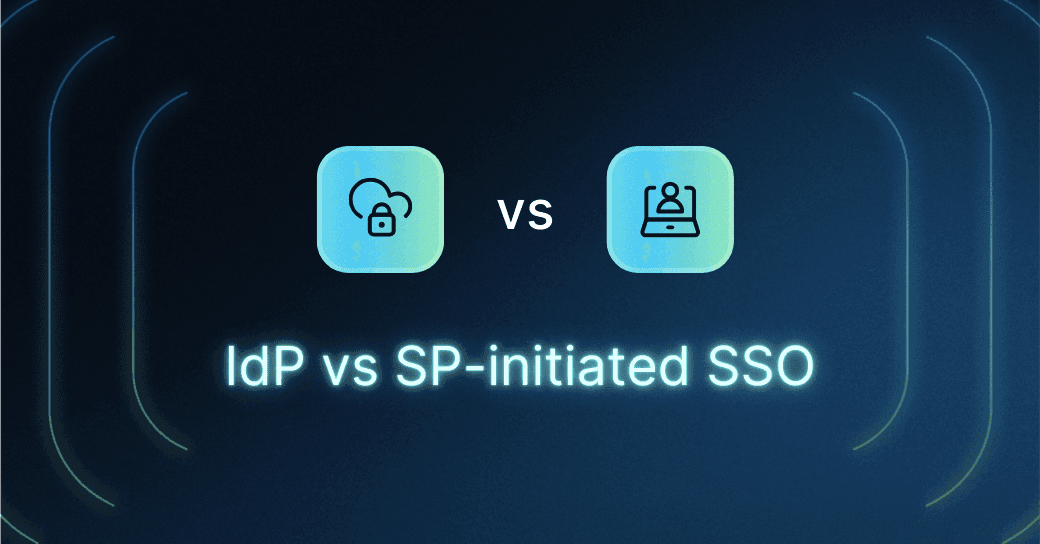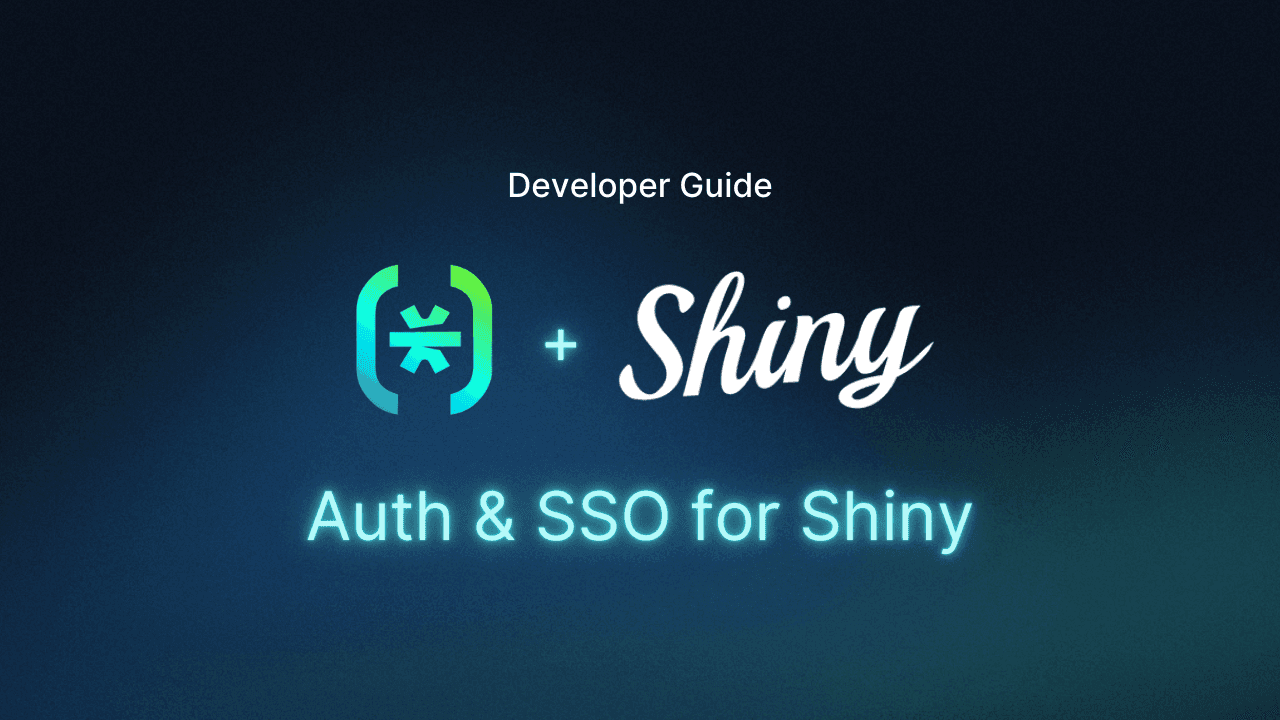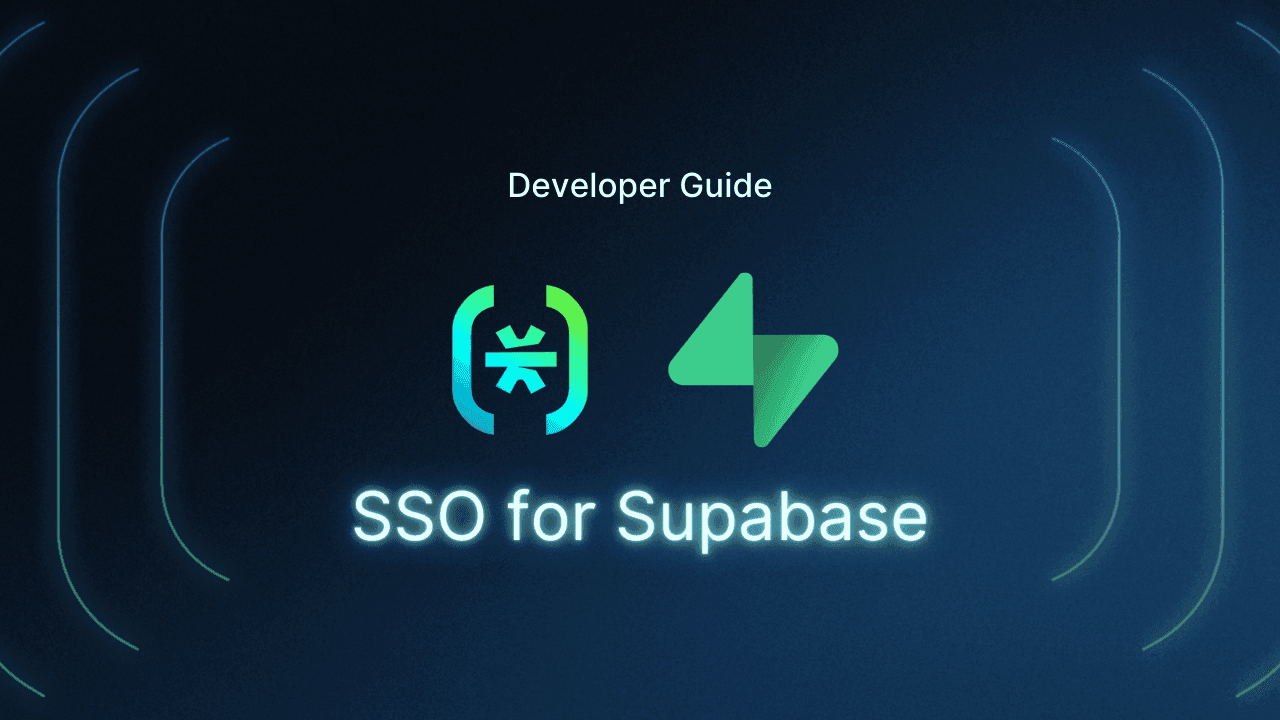Table of Contents
What is customer SSO?
Single sign-on (SSO) is the backbone of seamless digital access. It eliminates password fatigue, reduces login friction, and strengthens security by giving users one set of credentials to access multiple apps. When implemented correctly, it not only improves convenience but also reduces risk, supports compliance, and enhances user trust.
From SaaS products serving enterprise clients to multi-tenant partner platforms, SSO is a defining element of modern identity. The right solution can simplify onboarding, lower support costs, and boost adoption, especially for organizations managing external customers, partners, or resellers across many portals.
In this guide, our focus will be on customer SSO, defined as solutions purpose-built to connect external users securely while maintaining a consistent and branded experience. We’ll highlight leading customer SSO providers, outline what to look for in an SSO platform, and break down which types of organizations can benefit most from each.
What is customer SSO?
Customer SSO enables users from outside your organization, such as clients, business partners, or tenants, to authenticate once and access multiple connected applications. It works by establishing trust between your apps and an identity provider (IdP) using standards like SAML, OpenID Connect (OIDC), or OAuth 2.0.
Unlike workforce SSO, which manages employee access within one enterprise, customer SSO must handle a wider range of external audiences, each with different IdPs, branding needs, and security expectations.
Core components typically include:
Federation protocols: SAML and OIDC allow trust relationships between apps and identity providers.
Adaptive MFA: Adds extra verification when risk signals (device, location, or IP) are detected.
Tenant-aware configuration: Supports per-customer or per-partner SSO without code duplication.
SCIM provisioning: Automates user and group sync between systems.
Self-service onboarding: Lets customer admins configure and test their own SSO connection.
By consolidating access and automating provisioning, customer SSO helps organizations simplify identity integration, scale securely across tenants, and deliver frictionless access for every user and partner.
To understand how this works in practice, let’s look at how SSO establishes trust and session continuity across applications.
How do single sign-on solutions work?
SSO lets users authenticate once and securely access multiple connected applications. Instead of managing separate credentials for each app, users sign in through a trusted identity provider (IdP), which verifies their identity and issues a token recognized by all connected services.
Most modern SSO systems use SAML or OpenID Connect (OIDC) to exchange this trust between the IdP and each service provider. The result is a smoother user experience and stronger centralized security.
Here are the general steps for Service Provider (SP) initiated SSO:
The user requests access to an app.
The app redirects to the IdP for authentication.
The IdP verifies the user, applies MFA or risk checks, and issues a token.
The app validates the token and grants access.
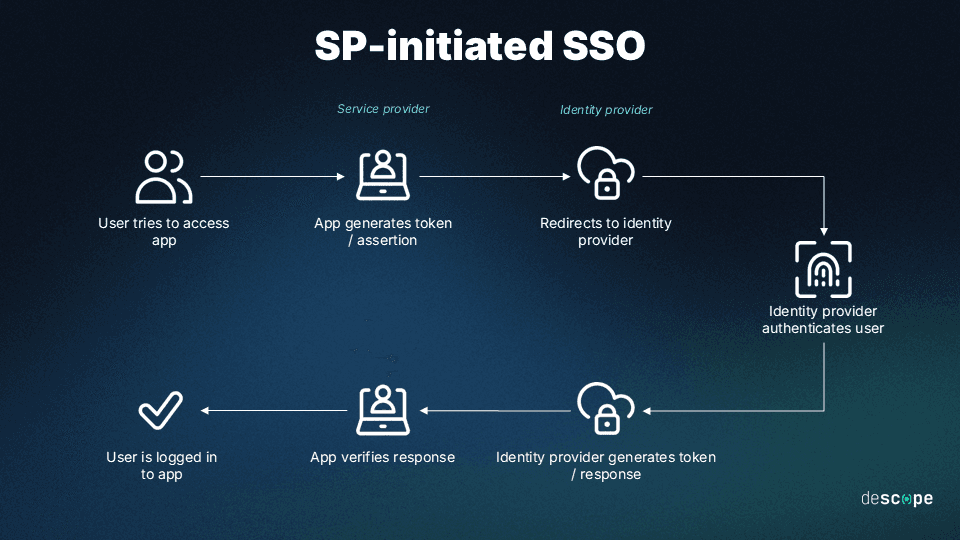
Beyond convenience, SSO helps reduce password fatigue, lower IT support costs, and enforce consistent security policies across systems. For organizations serving external customers, it also allows each client or partner to connect their own IdP, enabling secure, tenant-specific access without custom integrations.
Once you understand how SSO functions, the next step is knowing what to look for when evaluating providers and features.
Also read: IdP vs SP-initiated SSO
What to consider when looking for an SSO solution
Choosing the right SSO platform depends on your users, architecture, and security needs. While most solutions handle basic authentication and federation, customer-facing environments require more flexibility and scalability.
Key factors to evaluate include:
Standards support: Ensure compatibility with SAML, OIDC, and SCIM to connect with any IdP.
Tenant management: Look for multi-tenant or per-customer SSO configurations to simplify onboarding.
Self-service setup: Allow customer admins to configure and test SSO on their own.
Simplified onboarding and offboarding: Reduce IT overhead by letting customers provision and deprovision users through their existing IdP.
Adaptive security: Choose a solution that supports MFA, device checks, and risk-based access controls.
Developer experience: Prioritize tools with SDKs, APIs, and no-code workflows to speed integration.
Scalability and cost: Confirm pricing and performance can scale with your customer base.
A strong customer SSO solution balances security, usability, and flexibility, helping organizations onboard faster, reduce maintenance, and maintain trust across all user journeys.
With these factors in mind, let’s look at the top customer SSO solutions available today.
Also read: 7 Benefits of Single Sign-On (SSO)
Descope
Overview
Descope is a modern customer identity platform built to simplify and scale single sign-on across any external user base. Designed for both B2C and B2B applications, it provides tenant-aware SSO, organization management, and self-service onboarding tools that make it easy for every customer or partner to connect their own IdP.
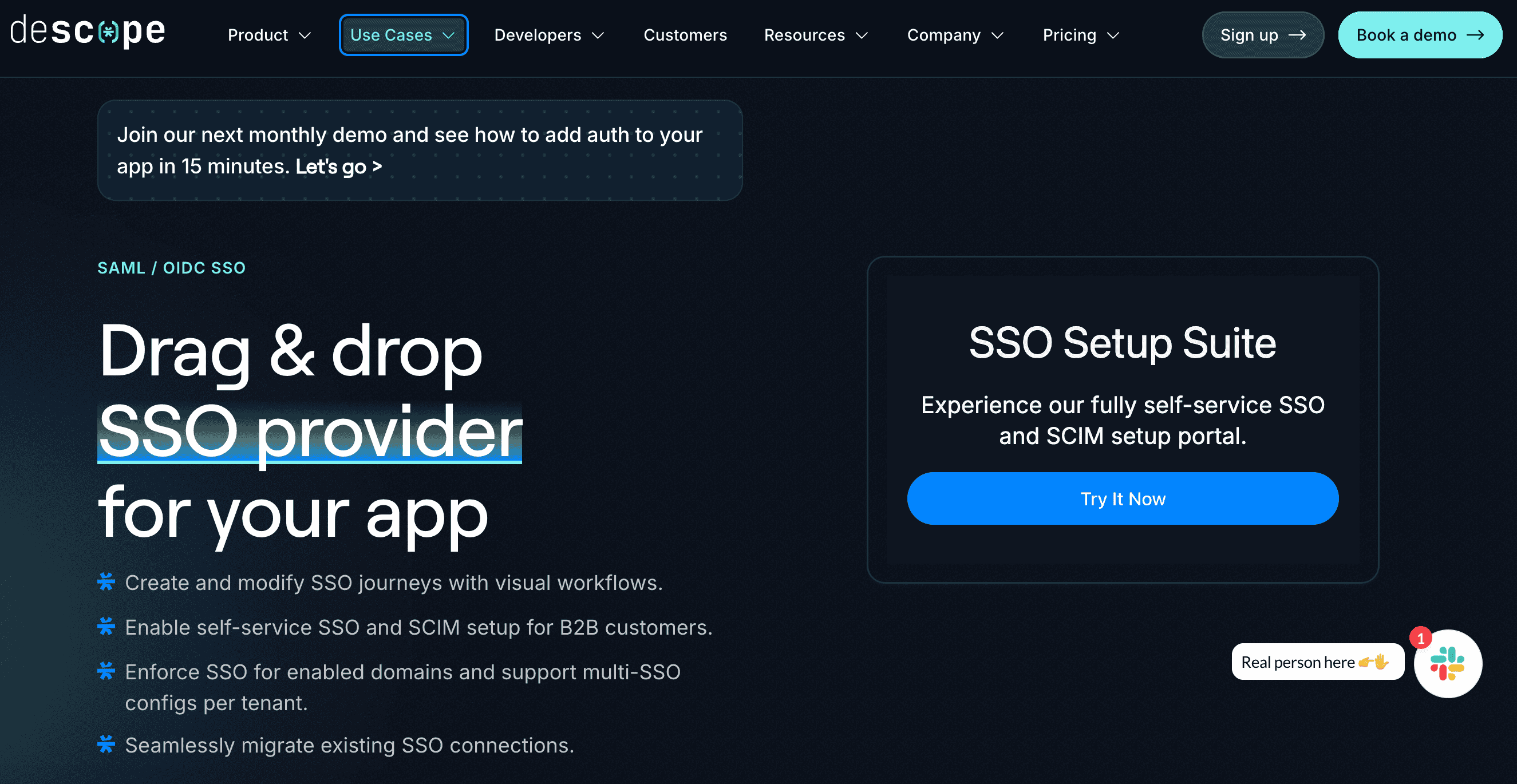
With built-in support for multi-tenancy, partner integrations, and even identity for AI agents and MCP ecosystems, Descope helps teams unify authentication across human users, services, and intelligent agents. Its native SAML, OIDC, and SCIM support removes the friction of enterprise integrations, allowing each tenant to manage their own SSO configuration through a guided, branded experience.
By combining visual workflows, adaptive MFA, and fine-grained access controls, Descope enables consistent, secure login experiences across portals and partners without the burden of managing complex identity infrastructure.
Key capabilities
Comprehensive SSO Suite: Enables customer and partner SSO with built-in support for SAML, OIDC, and SCIM. Includes a self-service SSO Setup Suite that lets customer admins configure, test, and manage their own connections.
Multi-tenancy: Cater to different auth, branding, and access control requirements across B2B customers, partners, and other stakeholders. Add multiple IdPs per SSO connection for larger enterprise customers.
Granular authorization: Easily organize users, roles, and permissions across tenants with integrated RBAC and FGA.
Visual workflow editor: Build and modify authentication, onboarding, and MFA flows without writing code.
Identity federation: Unify auth flows across multiple apps and IdPs while running business logic in real-time.
Adaptive MFA and security controls: Protect accounts with context-aware MFA, session management, and bot detection that respond dynamically to risk.
Extensive SDKs and APIs: Leverage 15+ web, mobile, and backend SDKs plus a robust REST API for custom SSO and identity integrations.
Connector ecosystem: Integrate seamlessly with third-party tools for risk, fraud, analytics, and directory sync.
Embeddable UI widgets: Offer branded, self-service identity management administration directly within your app.
Identity orchestration: Coordinate authentication, authorization, and risk evaluation across multiple systems in one visual flow.
Strengths
Tenant-aware SSO at scale: Descope’s architecture is built around multi-tenant SSO. Each customer or partner can connect their own IdP through self-service onboarding, reducing manual setup while maintaining centralized control and visibility.
Frictionless customer onboarding: The SSO Setup Suite empowers customer administrators to configure, test, and manage SSO and SCIM integrations independently.
Smooth migration experience: With SSO Migration, organizations can transition existing SAML or OIDC configurations to Descope without downtime or forcing tenants to reconfigure their IdPs.
Visual workflows: No-code editor simplifies auth design, reducing time to production.
Dynamic identity federation: Bridge many-to-many identity relationships without hardcoding federation flows.
Passwordless authentication: Built-in support for passkeys, magic links, OTP, and social login.
Omnichannel authentication: Unified flows for web, mobile, and partner apps.
Adaptive MFA: Enforce MFA only when risk signals are detected, using multiple MFA options.
Developer flexibility: SDKs and APIs for modern frameworks, with options for hosted or custom UIs.
Transparent pricing and support: Predictable usage-based pricing with award-winning customer support.

Ideal for
Descope is ideal for organizations that manage external customers, partners, or tenants and need a scalable, tenant-aware SSO solution. It’s particularly well-suited for B2B and B2B2X SaaS platforms that require per-tenant IdP integration, self-service onboarding, and adaptive security controls.
Also read: The Developer’s Guide to Implementing Single Sign-On
Auth0
Overview
Auth0 (similar to former sister product Okta Customer Identity Cloud which is now deprecated) is a leading platform for customer SSO and external identity management. It enables organizations to connect enterprise customers and partners through standards-based federation, supporting SAML, OIDC, and social IdPs.
With hosted authentication, adaptive MFA, and role-based access control, Auth0 delivers strong security and customization for customer-facing applications. However, its tiered pricing and configuration complexity can present challenges for smaller teams or those managing multiple tenants.

Key capabilities
Hosted login pages with branding, customization, and localization options
SAML, OIDC, and social provider federation for customer SSO
Role-based access control (RBAC) and adaptive MFA for secure access policies
Extensibility through Actions, Hooks, and APIs for custom business logic
Admin dashboard for managing users, connections, and activity logs
Strengths
Enterprise-grade federation: Robust SAML and OIDC support for customer and partner IdPs, ideal for enterprise onboarding.
Proven reliability: Used by thousands of SaaS and enterprise applications worldwide, with strong support and uptime.
Developer ecosystem: Comprehensive SDKs, documentation, and marketplace integrations for flexible customization.
Ideal for
Organizations that need a mature, enterprise-ready customer SSO solution with deep federation support and extensive customization options. Auth0 is best suited for teams that can manage its configuration complexity and higher pricing tiers in exchange for scalability, security, and a broad integration ecosystem.
Amazon Cognito
Overview
Amazon Cognito is AWS’s managed authentication and authorization service that supports single sign-on for customer and partner-facing applications. It enables developers to integrate SAML, OIDC, and social identity providers while leveraging AWS’s global infrastructure for scalability and reliability.
Cognito offers both user pools for direct authentication and identity pools for temporary AWS credential access, making it a common choice for teams already building on AWS. However, its customization limits and console-driven setup can add complexity as projects scale.
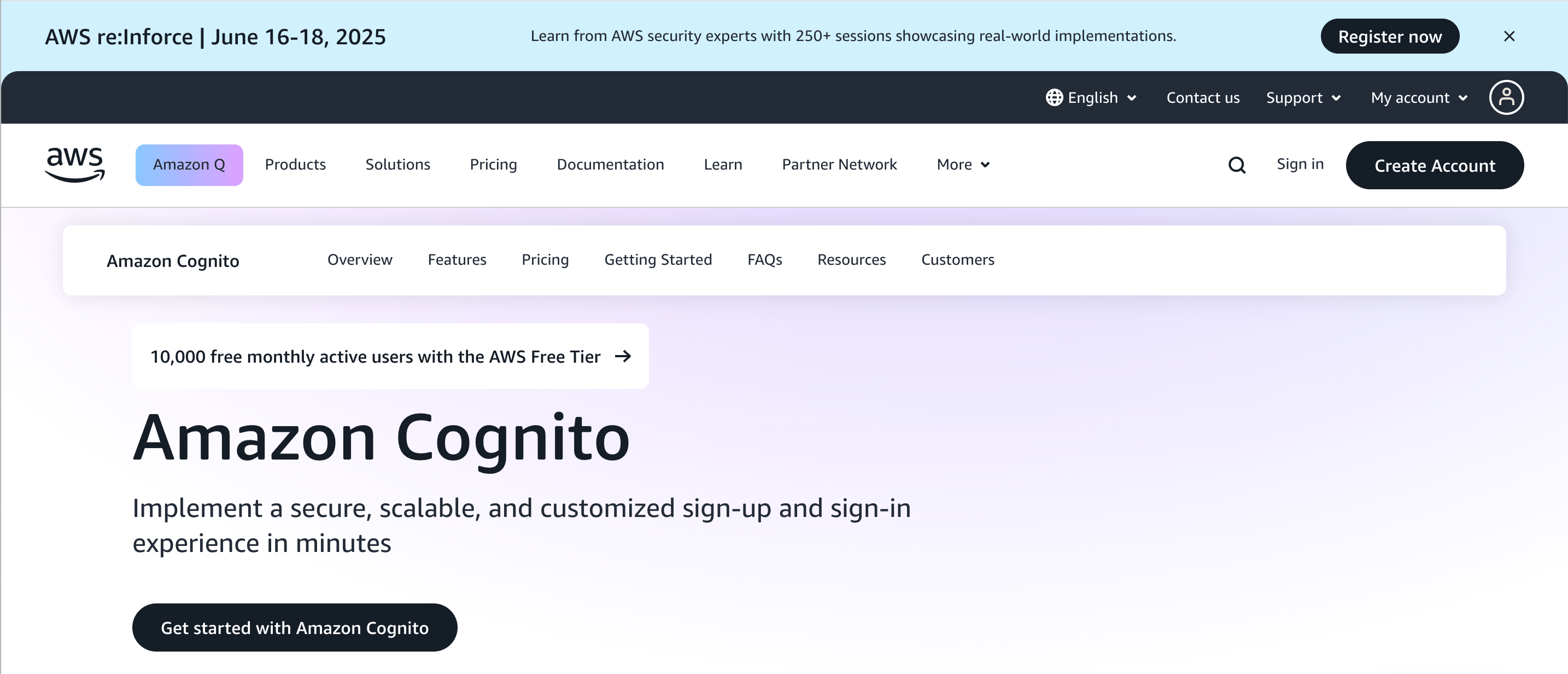
Key capabilities
SAML, OIDC, and social provider federation for customer SSO
Managed user pools for authentication and identity pools for AWS access
Integration with AWS services such as API Gateway, AppSync, and IAM
Custom logic and triggers through AWS Lambda functions
MFA support and fine-grained access control policies
Strengths
AWS-native integration: Tight interoperability with the broader AWS ecosystem for simplified service authentication.
Scalability: Built on AWS infrastructure with automatic scaling and regional availability.
Federation flexibility: Supports major IdPs for customer and partner SSO, including Azure AD, Okta, and Google.
Ideal for
Teams already using AWS that need a customer SSO solution tightly integrated with their existing cloud stack. Cognito is well-suited for SaaS applications, APIs, and mobile backends that require secure authentication without adding another external identity provider.
It’s worth noting that Descope enhances AWS-native auth with an AWS SaaS Builder Toolkit plugin that automates multi-tenant authentication, user management, and secure M2M flows. It can also augment Cognito as an OIDC provider.
Microsoft Entra External ID
Overview
Microsoft Entra External ID extends beyond workforce identity to support external customer and partner SSO through its External ID capabilities. It allows organizations to federate access for clients, vendors, and B2B users using SAML, OIDC, or social identity providers. With built-in governance, conditional access, and auditing, Entra External ID provides a highly secure and compliant environment for managing external identities at enterprise scale.
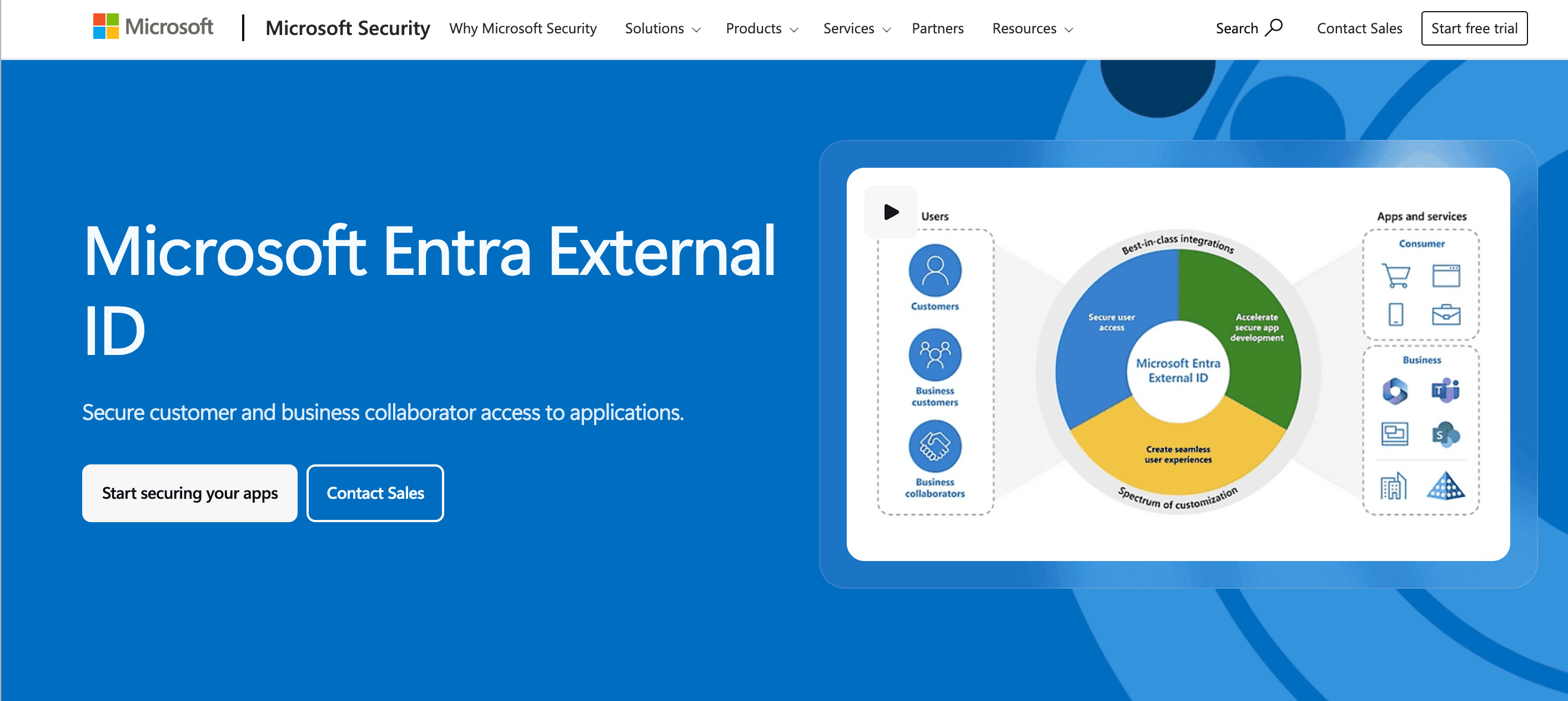
Key capabilities
Customer and partner SSO via SAML, OIDC, and social providers
Conditional access and adaptive MFA for risk-based authentication
Lifecycle management with automated provisioning and access reviews
Custom-branded sign-up and sign-in experiences
Integration with Microsoft 365, Azure, and Power Platform apps
Strengths
Enterprise governance: Combines identity management, compliance, and audit controls for external users.
Ecosystem integration: Seamlessly connects with Microsoft cloud services and productivity tools.
Scalable federation: Handles large B2B and B2C identity volumes with granular policy control.
Ideal for
Organizations deeply invested in the Microsoft ecosystem that need a customer or partner SSO solution with strong governance and compliance controls. Entra External ID is best suited for enterprises managing hybrid or multi-tenant access across Microsoft and third-party applications.
Firebase Authentication
Overview
Firebase Authentication, part of Google’s Firebase platform, provides lightweight authentication for web and mobile apps with basic support for single sign-on through SAML and OIDC. Designed for speed and simplicity, Firebase Auth helps developers enable sign-in methods such as email/password, phone, and social providers with minimal setup.
While it’s ideal for early-stage products or mobile-first teams, it offers limited enterprise federation and multi-tenant management compared to dedicated customer SSO solutions.
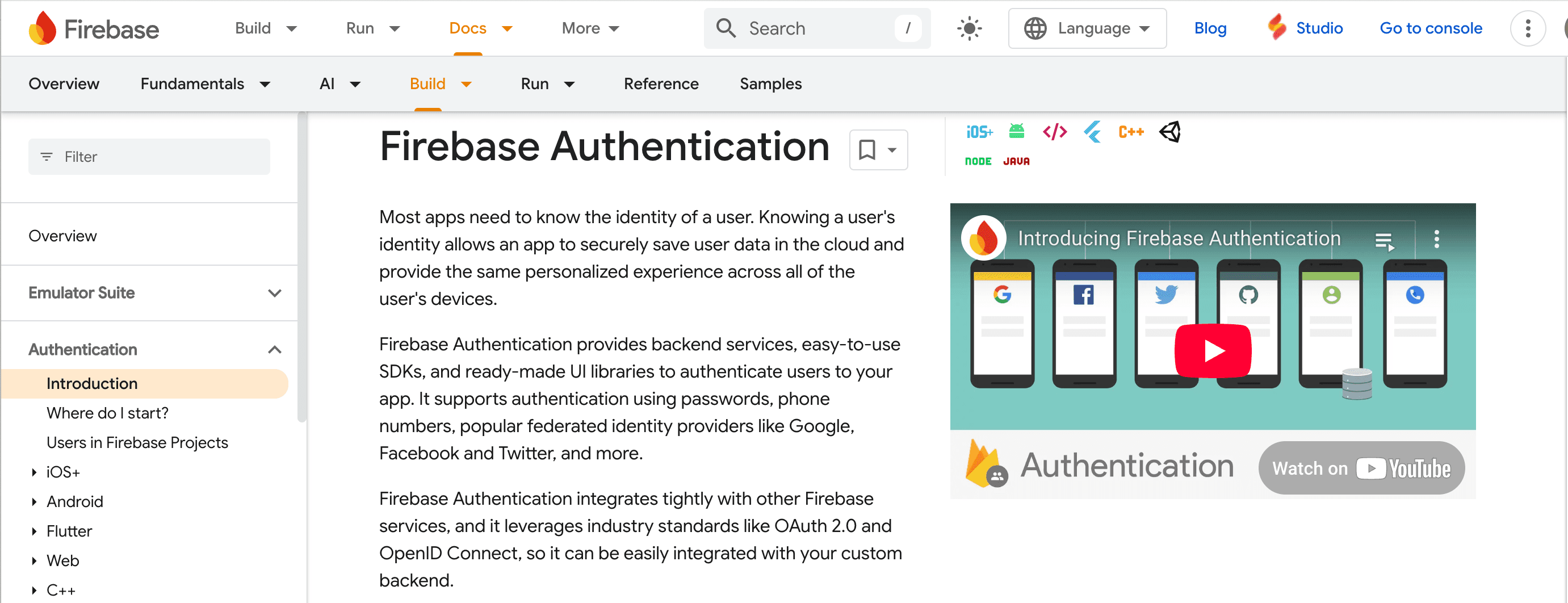
Key capabilities
SAML and OIDC federation for simple customer SSO
SDKs for web, iOS, Android, and cross-platform frameworks
Email/password, phone, and social provider authentication
Prebuilt and customizable UI libraries for login and signup
Integration with other Firebase services such as Firestore and Cloud Functions
Strengths
Ecosystem fit: Tight integration with Google Cloud and Firebase developer tools.
Fast implementation: Quick setup and easy integration across multiple platforms.
Developer-friendly: Strong SDK support and minimal configuration for rapid prototyping.
Ideal for
Startups, mobile-first teams, and developers already building within the Firebase or Google Cloud ecosystem who need a lightweight customer SSO solution to authenticate users quickly and securely without managing complex infrastructure.
OneLogin Customer Identity
Overview
OneLogin provides a unified platform for customer and partner SSO, MFA, and access management. It supports SAML, OIDC, and OAuth 2.0 protocols, allowing external users to securely access multiple applications through a single login experience. With an admin console, policy-based access controls, and a library of prebuilt connectors, OneLogin helps organizations simplify customer onboarding and centralize identity governance.

Key capabilities
SAML, OIDC, and OAuth 2.0 support for customer and partner SSO
Centralized identity management and access policy configuration
Risk-based MFA with multiple verification options
Directory synchronization and automated user provisioning
Admin dashboard for application and user lifecycle management
Strengths
Strong security posture: Risk-based MFA and contextual access policies for external users.
Straightforward administration: Easy-to-use console for managing users, groups, and access policies.
Extensive connector catalog: Integrations with thousands of SaaS applications and identity providers.
Ideal for
Mid-market and enterprise organizations that need a reliable, straightforward SSO solution for customers and partners. OneLogin is a solid fit for teams seeking centralized control, broad integration options, and strong authentication security without extensive customization requirements.
Keycloak
Overview
Keycloak is an open-source identity and access management platform that supports customer SSO through SAML, OIDC, and OAuth 2.0. It gives organizations full control over their authentication environment, including realm-based configuration, custom themes, and integration with external directories such as LDAP or Active Directory.
While Keycloak offers deep flexibility, its self-hosted nature, manual upgrades, and limited enterprise tooling can make it challenging to scale and maintain for large customer-facing environments.
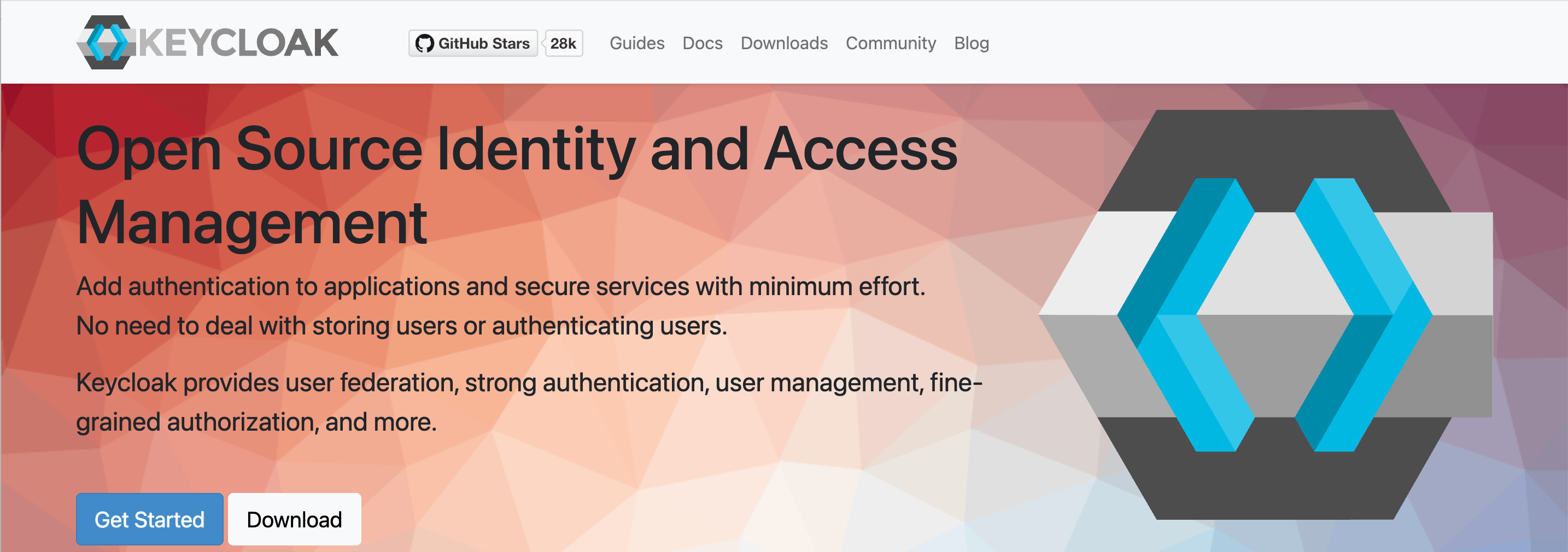
Key capabilities
Support for SAML, OIDC, and OAuth 2.0 for customer and partner SSO
Integration with LDAP and Active Directory
Realm-based configuration for multi-tenant management
Customizable login themes and localization options
Role-based access control (RBAC) and fine-grained permissions
Strengths
Standards-based federation: Broad protocol support for connecting enterprise IdPs and external customers.
Full control: Self-hosted and open source, giving teams complete flexibility over deployment and customization.
Community-driven: Backed by an active open-source ecosystem with broad documentation and extensions.
Ideal for
Organizations with dedicated DevOps or engineering resources that want to self-host their customer SSO solution and maintain full control over identity infrastructure. Keycloak is well-suited for teams prioritizing flexibility and cost control, though it requires ongoing maintenance and operational oversight as deployments scale.
Conclusion
Modern customer SSO can be a competitive advantage if implemented thoughtfully. The right solution unifies access across apps, simplifies onboarding for enterprise customers, and strengthens overall security posture. Whether your priorities are seamless tenant onboarding, adaptive MFA, or extensibility for AI and partner ecosystems, choosing a scalable and standards-based SSO platform is key.
Among the available options, Descope stands out for its tenant-aware SSO architecture, self-service setup, and migration tools that reduce friction for both customers and developers. By combining visual workflows with enterprise-grade federation, Descope helps organizations deliver secure, consistent login experiences across every customer and partner interaction.
For a deeper look at how Descope streamlines SSO implementation, check out our docs. If you'd like a demo, meet with our auth experts. Also, if you want to try Descope yourself, sign up for a Free Forever Account and start dragging & dropping your auth today!



